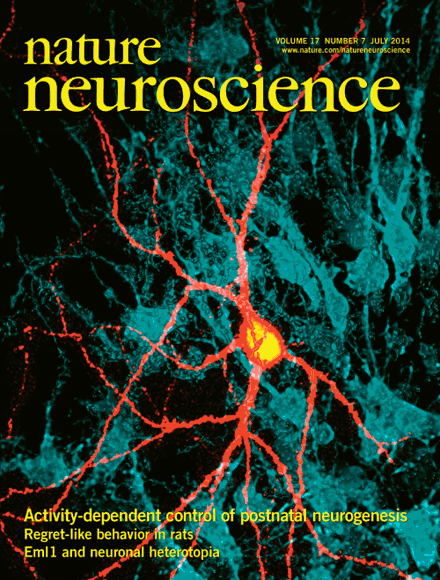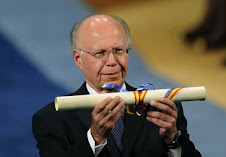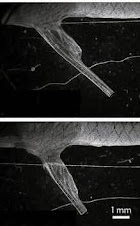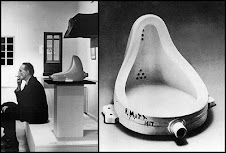Study confirms principle’s limits on measurement accuracy.
Werner Heisenberg’s concept of quantum uncertainty could now be on firmer ground.
INTERFOTO/Alamy
Encapsulating the strangeness of quantum mechanics is a single
mathematical expression. According to every undergraduate physics
textbook, the uncertainty principle states that it is impossible to
simultaneously know the exact position and momentum of a subatomic
particle — the more precisely one knows the particle’s position at a
given moment, the less precisely one can know the value of its momentum.
But the original version of the principle, put forward by physicist
Werner Heisenberg in 1927, couches quantum indeterminism in a different
way — as a fundamental limit to how well a detector can measure quantum
properties. Heisenberg offered no direct proof for this version of his
principle, and expressed his ideas “only informally and intuitively”,
says physicist Jos Uffink of the University of Minnesota in Minneapolis.
Now researchers say that they have a formal proof. “Our work shows that
you can’t measure something with an accuracy any better than the
fundamental quantum uncertainty,” says Paul Busch, a theoretical
physicist at the University of York, UK, who with his colleagues posted
the proof on 6 June on the arXiv preprint server1.
Not only does the work place this measurement aspect of the uncertainty
principle on solid ground — something that researchers had started to
question — but it also suggests that quantum-encrypted messages can be
transmitted securely.















































































